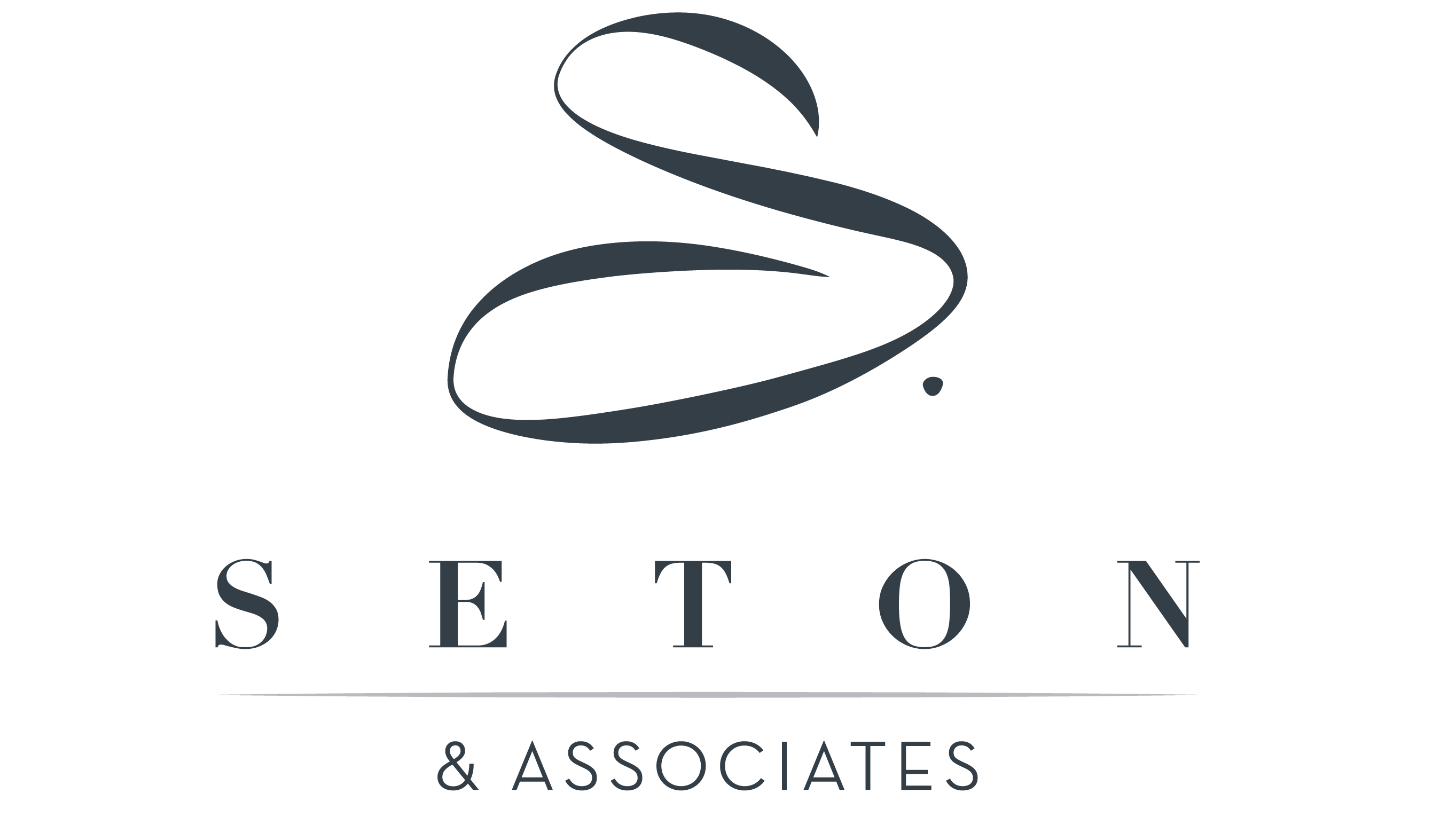Whether the general public knows it or not, Toms Shoes, yes, the famous Toms Shoes, is a not a nonprofit organization. In fact, it is a for profit enterprise that makes millions of dollars for its shareholders. Some of you who are interested in “cause marketing” and “social enterprise” may be interested to learn the legal reasons why Toms Shoes did not set up originally as a nonprofit organization.
One could say there was clearly a compelling economic reason which is the shareholder’s can profit this way, but there are also some very good legal reasons. Despite what appears to be a charitable purpose of “giving away shoes”, the IRS analyzes the activity as “selling shoes” and if an organization is selling shoes then this is a commercial activity and not a charitable activity.
Specifically, under Section 512 and 512 of the IRC, the IRS has set forward certain parameters relating to income that a charity receives which constitutes “unrelated business income” (“UBIT”) and, if such income is “unrelated” then, the income is taxable pursuant to Section 11 of the IRC. The IRS has created a “test” (“Test”) to determine if such income is taxable. In addition, if there is too much UBIT, then this may in fact jeapordize the tax exempt status of nonprofit set up to sell a product, like selling shoes, to the general public raising monies for those who are in need (“Business Opportunity”). The Test is as follows:
- The activity must be a trade or business
- The trade or business must be continuous and regular
- The activity must be “unrelated” to the exempt purpose of the organization.
In order for the Test to be met, each and every prong of the Test must be met. In other words, if one is missing, then, the income is not taxable under Section 512 of the IRC.
Unrelated Business Income
First, we will apply the Test to the Business Opportunity.
- Is the activity of operating the Business Opportunity a trade or business? The answer is, yes. A trade or business is an enterprise which has the intention of generating a profit and is entered into for the purposes of gain. In this case, running a Business Opportunity, the goal is to sell a product and compete with other business, to sell products to the general public. It could be no clearer of a case of a business enterprise even though the proceeds will go for the benefit of helping those in need.
- Is the Business Opprotunity regularly and continuously carried on? The term “regularly and continuously” carried refers to nature of the activity. The IRS has determined that frequency typically involves a continuity of time of operation and operates like other businesses of its kind. For example, The operation of a sandwich stand by a hospital auxiliary for only 2 weeks at a state fair would not be the regular conduct of trade or business. The sandwich stand would not compete with the operation of similar facilities by a taxpaying organization which would ordinarily operate on a year-round basis. The sale of advertising by volunteers of an exempt organization, which raises funds for an exempt symphony orchestra and publishes an annual concert book distributed at the orchestra’s annual charity ball, is not a business regularly carried on in determining unrelated income under section 512 of the Code. Rev. Rul. 75–201. On the other hand, the sale of advertising during a four month period by the paid employees of an exempt organization, which raises funds for an exempt symphony orchestra and publishes a weekly concert program distributed free at the symphony performances over an eight month period, is a business regularly carried on in determining unrelated income under section 512 of the Code. Rev. Rul. 75–200. In the instance case, it seems inarguable that the Business Opportunity is regularly and continuously carried on as that is the purpose of owning and operating it on a daily basis.
- Is the activity related to an exempt purpose which is charitable, educational, etc? To determine whether a business activity is or is not substantially related requires an examination of the relationship between the business activities which generate the particular income in question—that is, the activities of producing or distributing the goods or performing the services involved—and the accomplishment of the organization’s exempt purpose. To be related, in the statutory sense, the relationship must be causal. In addition, the causal relationship must be a substantial one. Thus, the activities which generate the income must contribute importantly to the accomplishment of the organization’s exempt purposes to be substantially related. Regs. 1.513–1(d). An exempt organization’s operation of a retail grocery store as part of its therapeutic program for emotionally disturbed adolescents, almost fully staffed by the adolescents, and on a scale that is no larger than is reasonably necessary for the performance of the organization’s exempt functions, is not unrelated trade or business. Rev. Rul. 76–94 Unrelated trade or business does not include any trade or business in which substantially all the work is performed for the organization without compensation. For example, an orphanage operating a retail store where substantially all the work in carrying on the business is performed for the organization by unpaid volunteers would not be carrying on unrelated trade or business. In Rev Ruling, 76-94, the key terms are that the store was not operated on a “a scale that is no larger than is reasonably necessary” for the performance of the organization’s exempt functions. In this case, Arc Mission is to assist with education, job training and providing job opportunities to Recipients, this is the very purpose of the organization which the IRS recognized as “charitable”. Juxtapose this with Revenue Ruling 73-127, in which the IRS held that a grocery store providing low cost items to poor areas, which had as one of its element a “training program” for the unemployed, who received a temporary training, then, sent out to the work force, was not a charitable organization and the activity was “larger” than the scale to further its exempt purposes and therefore the operation of the store was “Unrelated” to an exempt purpose. Again, it is very hard to argue that activity of “selling a product” is related to a 501c3 purpose such as charitable, scientific, etc. Yes, the monies will go to this purpose but not the “selling of the product”. Very likely all income earned would be taxable and an organization set up to engage in such activity would NOT be eligible for 501c3 status.



Trackbacks/Pingbacks